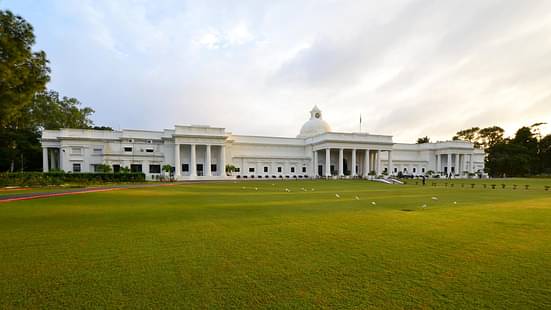
Indian Institute of Science (IISc) Bangalore slipped from rank 147 (2015-16) to 152 in the QS World University Rankings 2016-17. With a questionable student-faculty ratio and fewer number of doctoral students according to the analysis of QS Rankings, IISc Bangalore, and six IITs have been pushed back in the QS World University Rankings 2016-17.
Ranks of India’s most reputed technical institutes including IIT Bombay , Delhi, Guwahati, Kanpur, and Kharagpur have also dropped. On the other hand, IIT Madras move up the ladder and is listed five places higher to be counted among the top 250 universities.
Also Read: NTPC and IIT Madras Sign MoU for Research & Development
Check out the ranks of the Indian Institutes in the QS Rankings 2016-2017:
Name of the Institute | Rank 2016-2017 | Rank 2015-2016 |
|---|---|---|
Indian Institute of Science (IISc) Bangalore | 152 | 147 |
185 | 179 | |
Indian Institute of Technology, Bombay | 219 | 202 |
302 | 271 | |
313 | 286 | |
399 | 391 | |
451 | 460 |
However, in the research domain, four Indian institutions are still listed among the world’s top 100 according to QS’ citations per faculty metric. In 2015-16 there were 5 institutes among the top 100 in the field of research. IIT Madras has also shown improvement in the field of research and rose up to the rank 101. IISc Bangalore ranks 11 in the research domain.
Stating the reason behind the fall in rankings of Indian institutions, Ben Sowter, Head of Research, QS Intelligence Unit, said that relatively fewer numbers of PhD-qualified researchers and imbalance in the faculty-student ratio are the factors that are holding Indian institutions from performing well. He also said that research has a huge impact on an institute’s performance.
Sowter also said that investment plays an essential role in an Institution’s rankings. He also said that India has been gaining pace and is providing good competition to the institutes from regional countries.
Indian institutions need to pay attention to the faculty-student ratio and also ensure that their class size doesn’t compromise the quality of education being imparted to students. The quality of education and research initiatives that impact the lives of common people directly are some of the major factors that determine the institute’s caliber.
According to the studies conducted by QS, Indian universities are not able to provide sufficient faculty members to match the increase in the intake of students.
Also Read: Delegates from IITs Visit Bangladesh
The QS World University Rankings also stated that Indian Universities are in dire need of investment to enhance their performance by gathering human resources and research funds. The HRD ministry has been making various attempts to increases the Gross Enrolment Ratios for the tertiary segment.
Massachusetts Institute of Technology held its position at the top of the list for the fifth consecutive year. There have been other significant developments in this edition of QS Rankings. Stanford University has replaced the University of Cambridge and Harvard has is placed at the second position in the list. Universities of nations such as China, Russia, Japan, and South Korea have advanced in this year’s list whereas the UK, Italy and France have moved down the list.


 Follow us
Follow us













